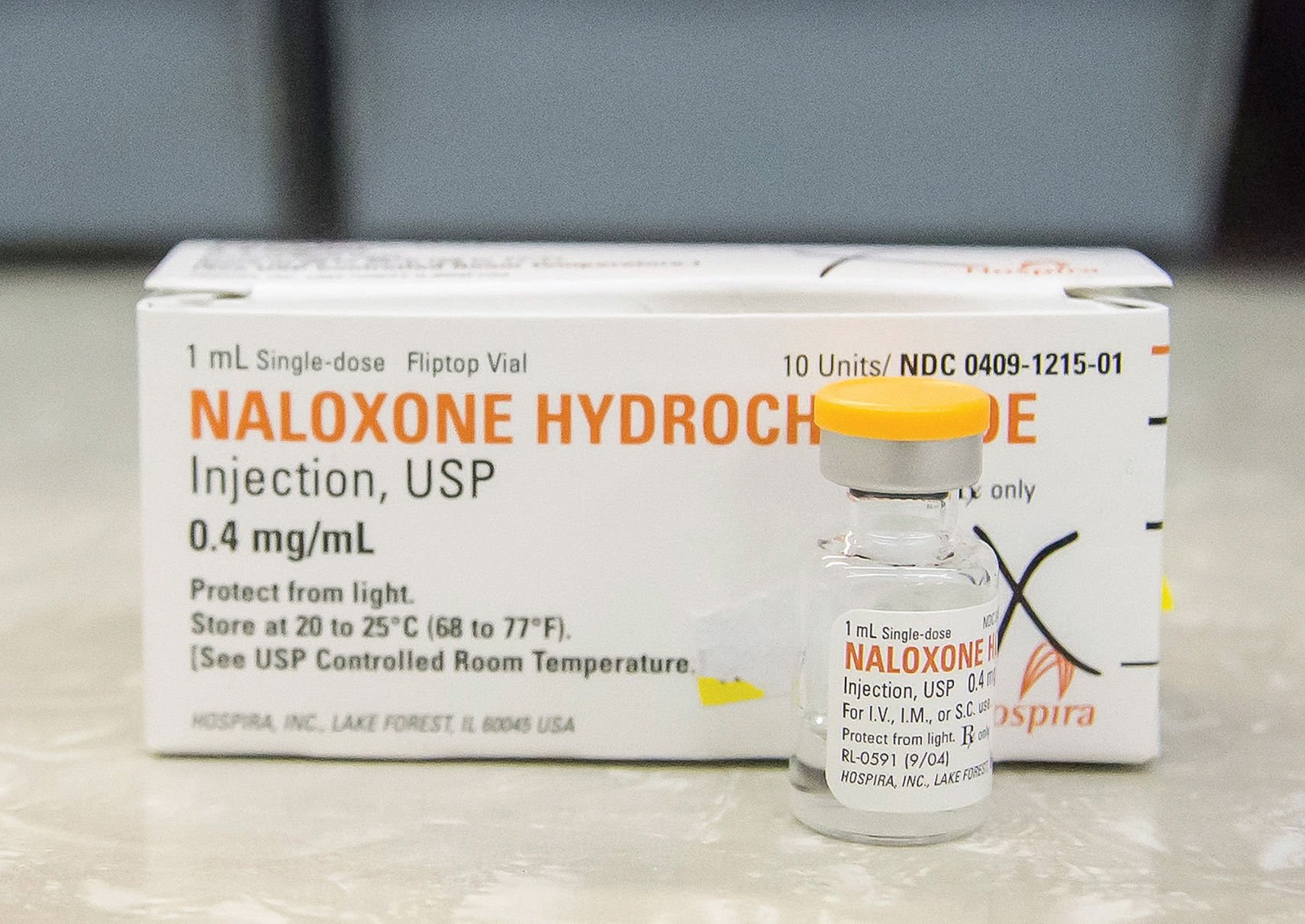


Mild overdosage may be managed by continuous stimulation of the patient and/or frequent verbal instructions to "Wake-up" or "Take a deep breath". Overdosage of morphine is characterized by respiratory depression, with or without concomitant CNS depression. Treatment of the abstinence syndrome is primarily symptomatic and supportive, including maintenance of proper fluid and electrolyte balance. rhinorrhea, a restless, tossing sleep, dilated pupils, gooseflesh, irritability, tremor, nausea, vomiting, and diarrhea. Symptoms include yawning, sweating, lacrimation. Withdrawal symptoms in patients dependent on morphine begin shortly before the time of the next scheduled dose, reach a peak at 36 to 72 hours after the last dose, and then slowly subside over a period of 7 to 10 days. Withdrawal symptoms may occur when morphine is discontinued abruptly or upon administration of a narcotic antagonist. Care must be taken to avert withdrawal in patients who have been maintained on parenteral/oral narcotics. Individuals with a prior history of opioid or other substance abuse or dependence would be considered to be at greater risk. As with all potent opioids which are µ-agonists, tolerance, psychological and physical dependence to morphine may develop. Morphine is the most commonly cited prototype for narcotic substances that possess an addiction-forming or addiction-sustaining liability. Morphine sulfate is a Schedule II narcotic under the United States Controlled Substance Act (21 U.S.C. Some studies indicate stability up to 30 days. DO NOT USE IF COLOR IS DARKER THAN PALE YELLOW, IF IT IS DISCOLORED IN ANY OTHER WAY OR IF IT CONTAINS A PRECIPITATE. Parenteral drug products should be inspected for particulate matter and discoloration prior to administration, whenever solution and container permit. BY ACCESSING OR USING THIS SITE, YOU AGREE TO BE BOUND BY THE TERMS AND CONDITIONS SET FORTH IN THE DISCLAIMER. PLEASE READ THE DISCLAIMER CAREFULLY BEFORE ACCESSING OR USING THIS SITE. nor any other party involved in the preparation of this document shall be liable for any special, consequential, or exemplary damages resulting in whole or part from any user's use of or reliance upon this material. The authors make no claims of the accuracy of the information contained herein and these suggested doses and/or guidelines are not a substitute for clinical judgment.


 0 kommentar(er)
0 kommentar(er)
